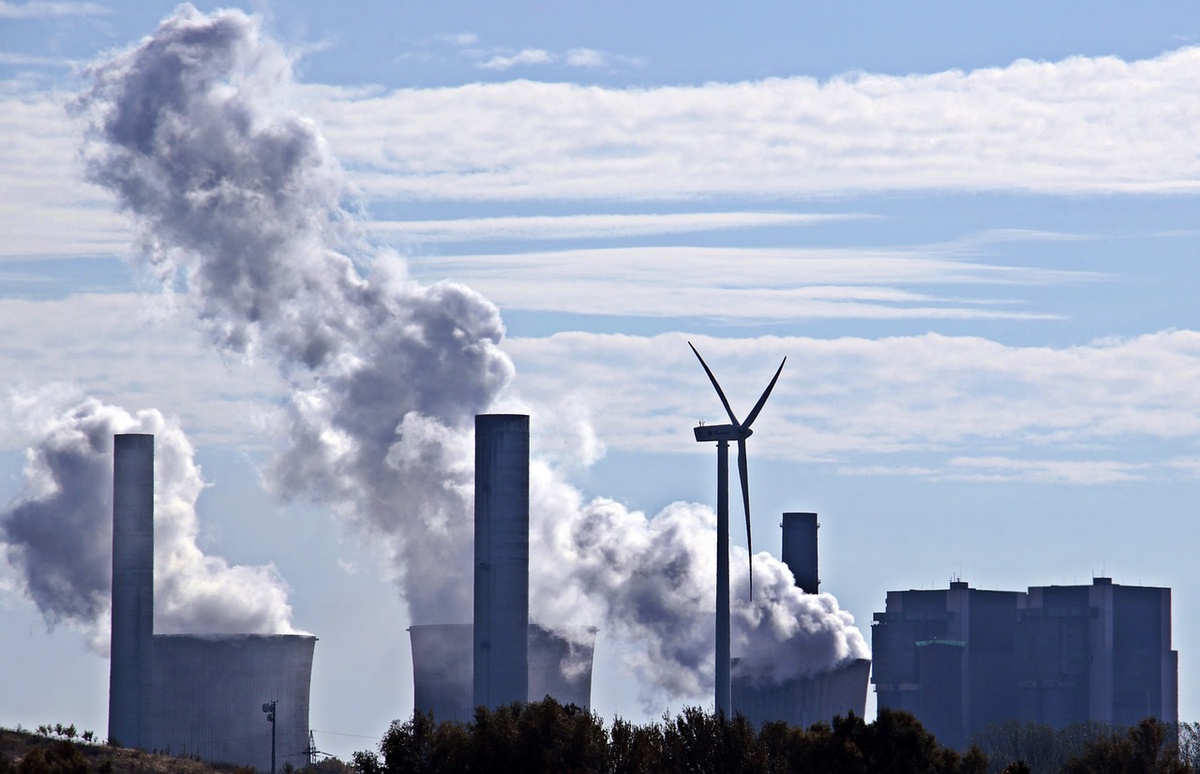Why are energy prices rising? We explain how prices and tariffs are set on the electricity market.
In the last quarter of each year, the regulatory authority conducts a procedure for the approval of electricity tariffs for the following year, which are calculated and submitted by distribution companies and the so-called, which supply the vast majority of electricity consumers in the country. These drafts form the basis for current electricity comparisons.
However, energy policymakers also carry out such procedures when entrepreneurs request a change in the tariff applicable in a given year, reports the German electricity portal stromvergleich.net. In recent weeks, three energy providers have made use of this right, requesting the regulator to adjust this year's prices for energy supplied to households.
Due to the exceptional geopolitical situation that has been ongoing for months, energy prices inevitably arouse emotions among all market participants. Since the energy regulator plays a special and important role in setting electricity prices, we explain what powers the legislator grants the regulator.
The companies calculate the costs and prepare the tariffs, which are submitted to the regulatory authority
Both the sellers (trading companies) and the distribution companies calculate their costs and then translate them into energy prices and tariffs for the supply of energy to end consumers. They submit the tariffs calculated in this way to the regulatory authority for approval. This applies both to tariffs for the new year and to changes in the currently valid tariff. It is up to the companies to decide whether and when to submit their applications for tariff changes to the regulatory authority. It is also up to the electricity suppliers to decide on any costs that will be accepted for the calculation of these tariffs.
What are justifiable costs?
The energy policymaker conducts the tariff process by verifying that the tariffs requested by the contractors meet the legal requirements and represent only justified costs of the contractors.
- Justified costs are not the same as costs in the accounting sense - explains the head of the office. - In tariff procedures, we are always guided by what is happening in the market and compare companies with the same business profile.
This means that when estimating the reference price, the regulator takes into account all the risks, but also the opportunities and possibilities that the company in question had to buy energy at a competitive price. - They analyze the situation of each individual company, and if a particular company is operating less efficiently, we evaluate the reasons for this situation and whether the negative effects of such action could have been avoided.
The regulator therefore monitors the tariff process by ensuring that the final prices paid by consumers reflect only the legitimate operating costs of energy companies and are in line with current market conditions.
Therefore, as long as the energy policy is not convinced that a certain tariff level balances the interests of energy companies and consumers, taking into account the current market conditions and the economic situation of the companies, the tariffs cannot be approved.
The cost of natural gas is also skyrocketing. Consumer advocates therefore advise carrying out a gas comparison in order to keep the increased costs as low as possible.
What is the composition of the electricity bill?
The total cost of an electricity bill consists of the cost of purchasing energy and the cost of distribution (transportation). The policy approves the tariffs for both the sale and the distribution service.
In the sellers' tariffs, the largest cost is the purchase of energy for consumers' needs (e.g., on the German power exchange or in bilateral contracts). These tariffs also reflect the obligations of energy sellers to purchase an appropriate amount of energy from renewable sources, agricultural biogas, or the obligation to purchase energy efficiency certificates. The sellers' tariffs also cover the reasonable costs of their business activities related to the sale of energy.
Energy distribution companies' (DSOs, distribution system operators) tariffs include not only the costs of maintaining infrastructure or purchasing energy to cover grid losses in electricity transmission, but also charges that arise from separate legislation and do not go to distributors.
These costs include:
- The CHP charge rate, which is related to the support system for the energy produced in the CHP process.
- the electricity tariff - which will appear on our bills in 2021. It is a result of the Electricity Market Act passed in 2017, which introduced a mechanism to reward energy producers for their willingness to supply energy to the grid.
- RE levy - this levy relates to the promotion of electricity generation from renewable energy sources in RE plants and results from the application of mechanisms in Germany that help to ensure an appropriately high share of "green energy" in the national energy mix.
- the transitional rate - is a mechanism for raising funds paid to electricity producers to cover so-called stranded costs incurred after the termination of long-term contracts for the sale of capacity and electricity. These contracts were terminated to allow the liberalization of the energy market in Germany to proceed.


No comments yet